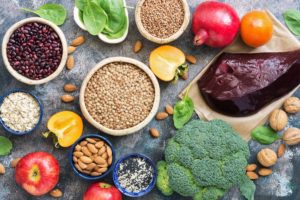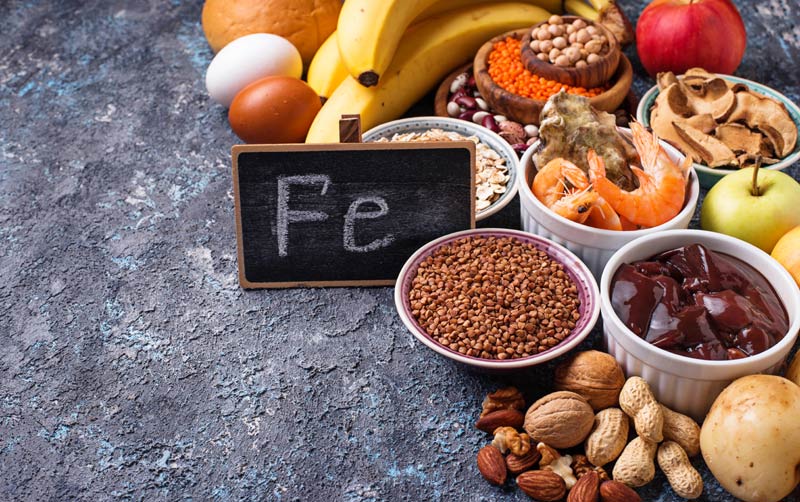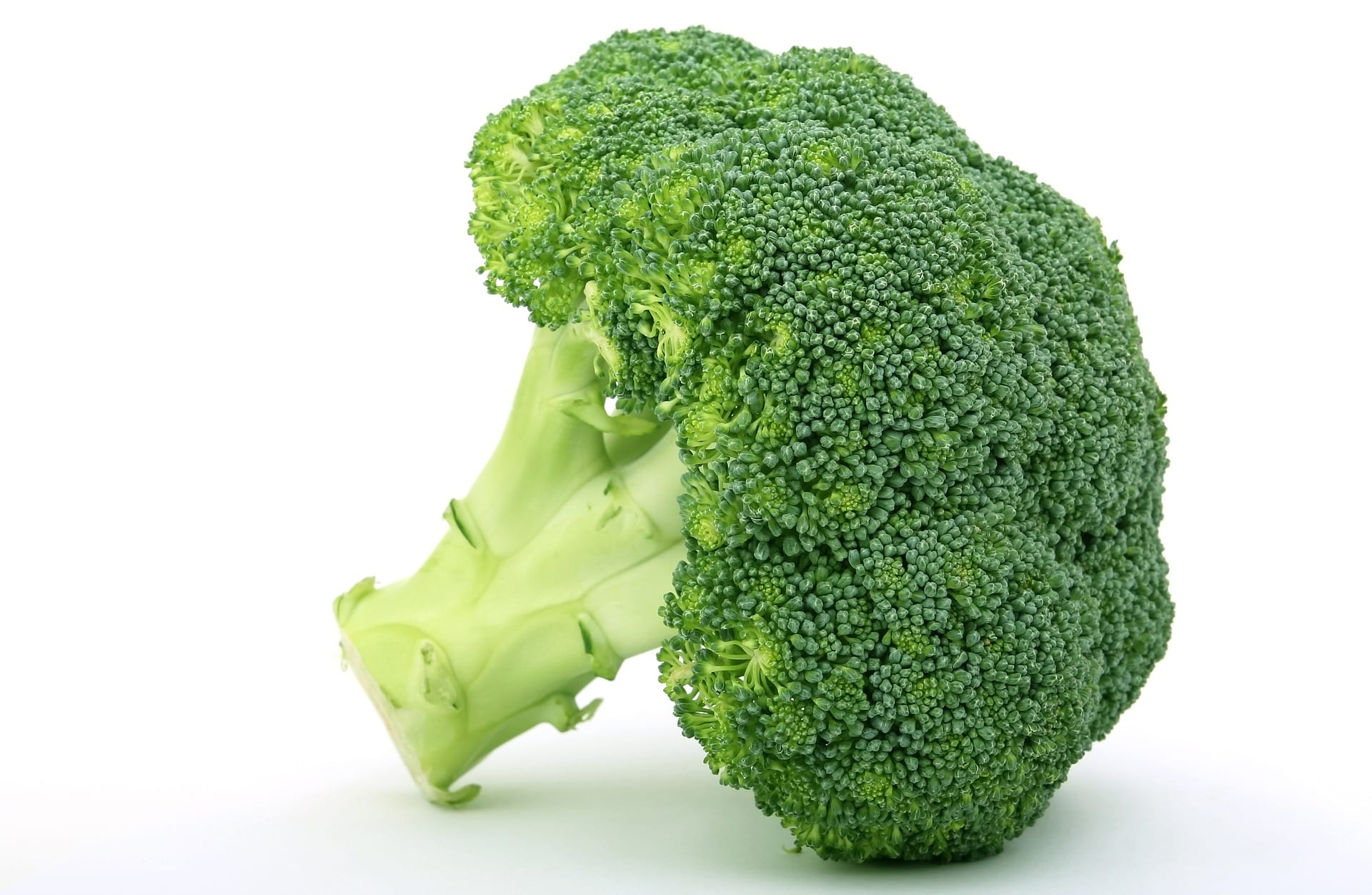El iron is a mineral necessary in our body. It contributes to the growth and development of the body, as well as fighting diseases such as anemia. It is responsible for the manufacture of hemoglobinblood hemoprotein. Its function is to transport oxygen from red blood cells from the lungs to different parts of our body. also produces myoglobin whose function is to supply oxygen to the muscles. It is clear the importance of this mineral, TRUE? But, we must distinguish two types of ironThat of Animal origin and of vegetable origin Do you want to know their differences?
Heme and non-heme iron. How are they different?
First, the heme is the Animal origin and we have not that of vegetable origin. The difference lies mainly in the micronutrient assimilation by our body. The heme is assimilated and recognized by the body more easily than we have not. This has to do with the fact that certain compounds in plant foods such as oxalates, phytates, tannins, calcium or aluminum hinder the bioavailability. For you to understand the bioavailability It refers to the amount of iron that actually stays in our body to be used effectively.

For example, him iron that your body has after taking lentils is less than what remains after consuming meat. However, we can always combine the vegetable origin with certain foods so that it is transported better. For example, combine the we have not with Vitamin C it is an interesting option.
Foods rich in this micronutrient of animal origin are meat (beef, pork, lamb, ham, chicken, etc.), eggs, Fish (cod, sardines, anchovies, etc.) and seafood. With respect to non-heme iron we find foods like spinach, Swiss chard, beans, legumes (lentils, peas, soybeans, etc.), nuts (walnuts, cashews, etc.), all seeds, vegetables, etc.







